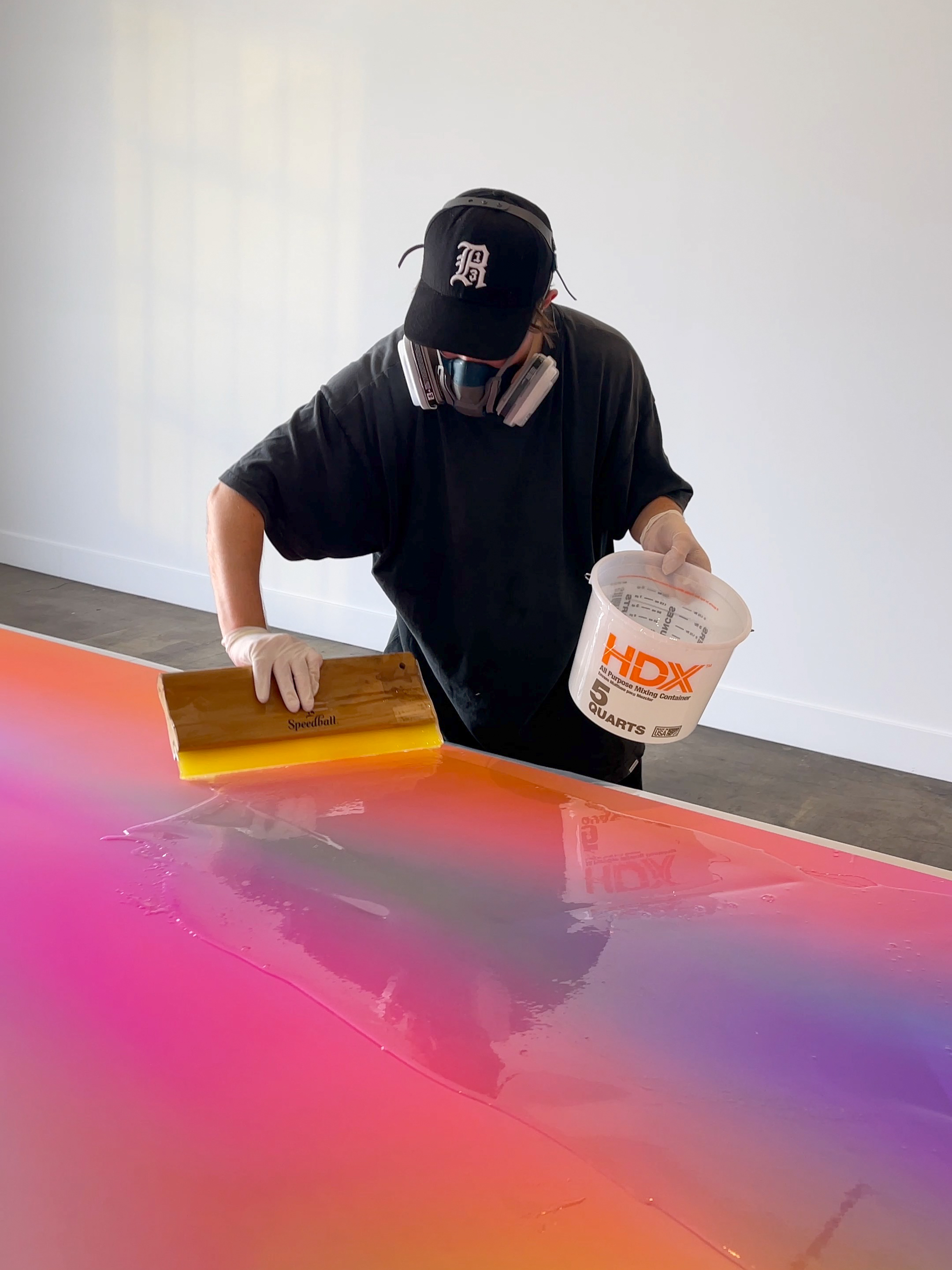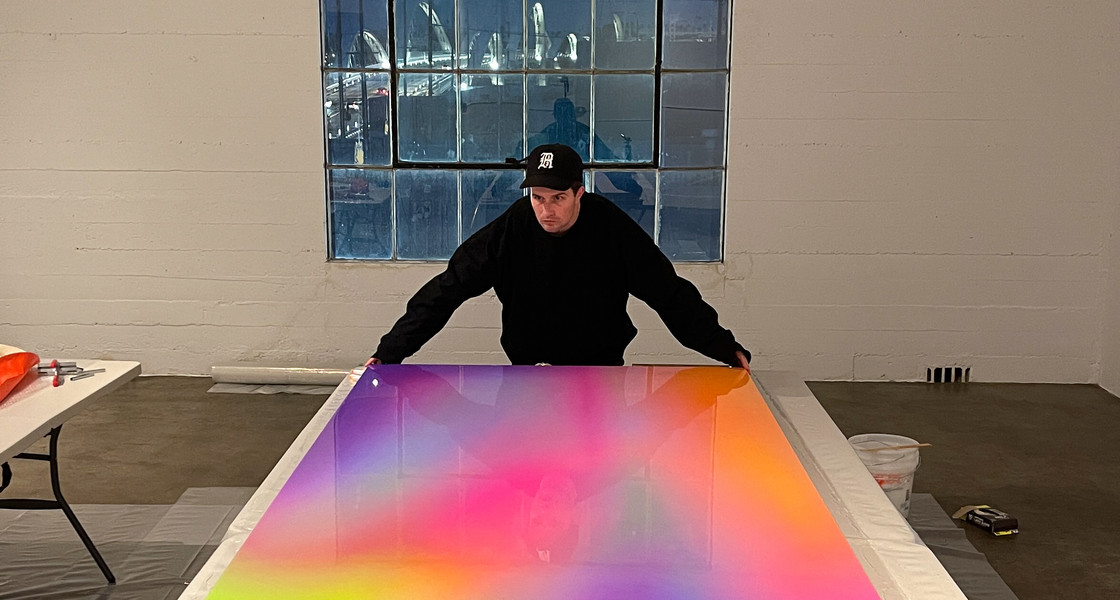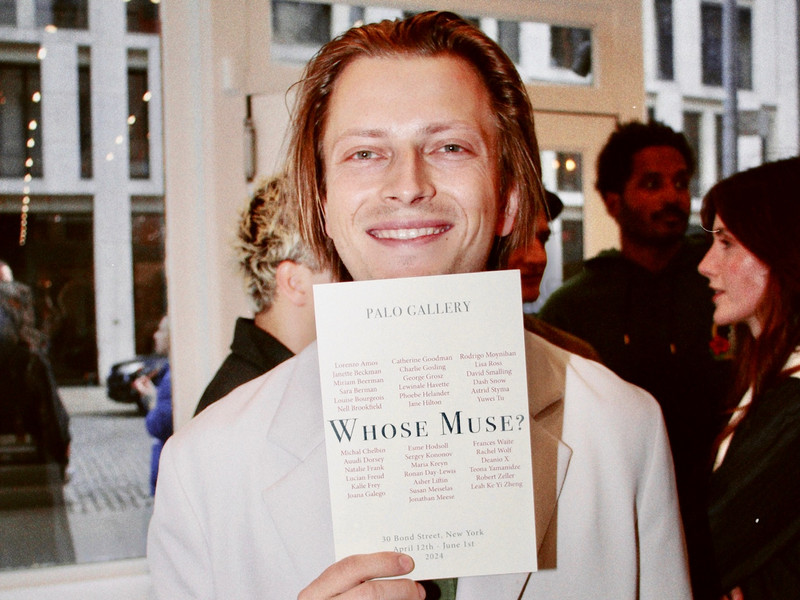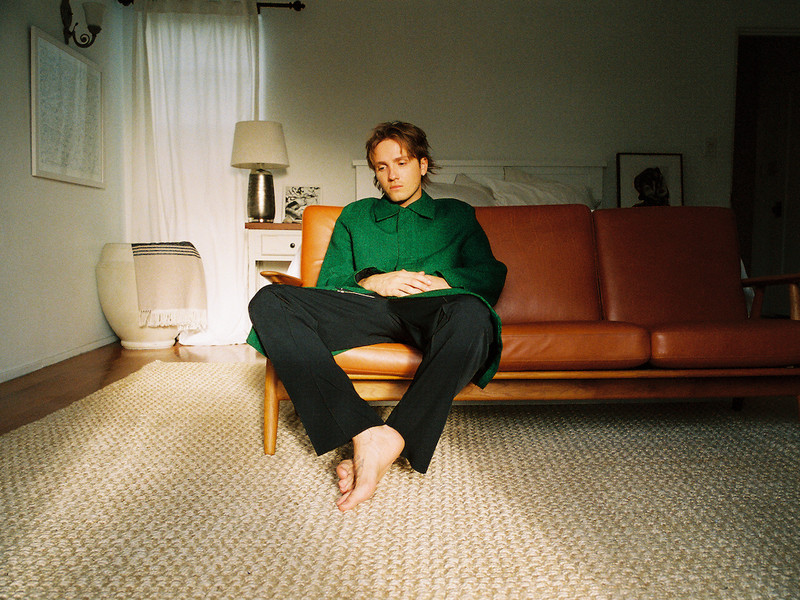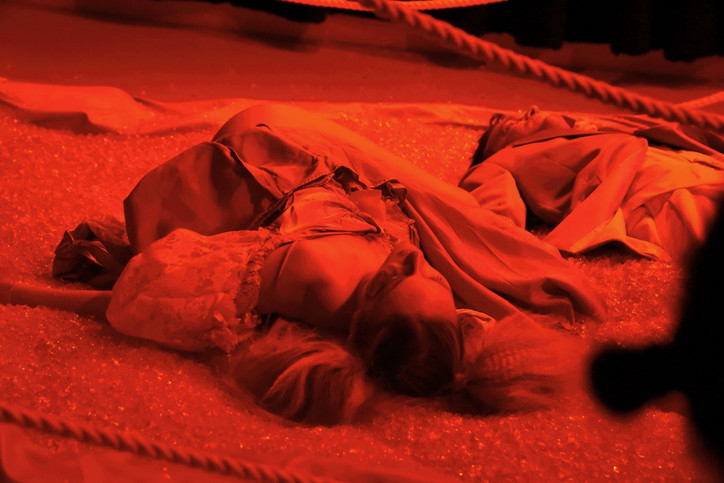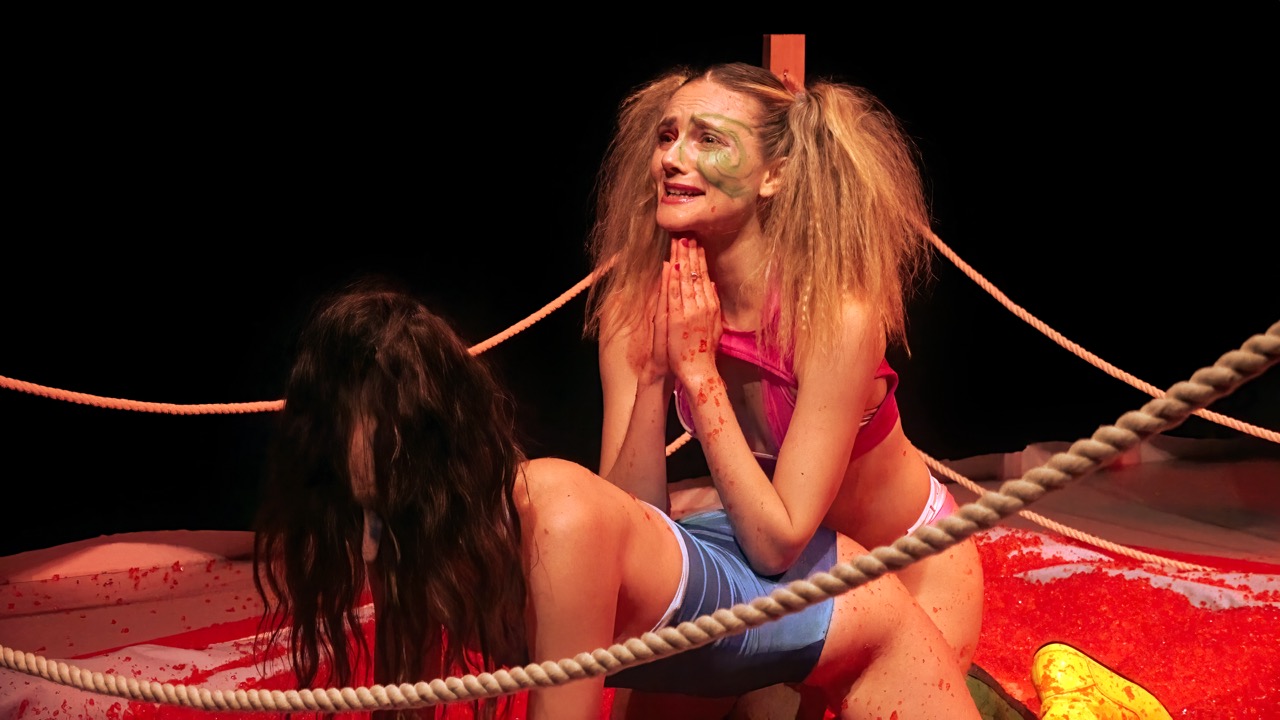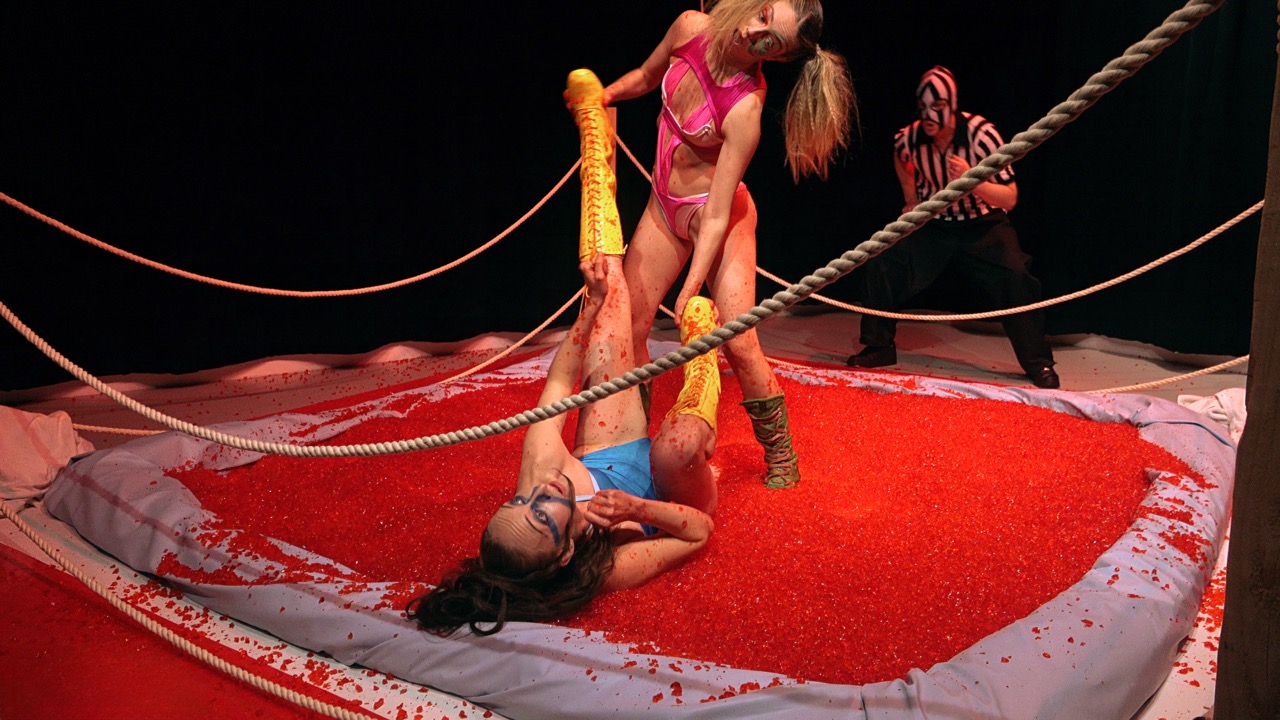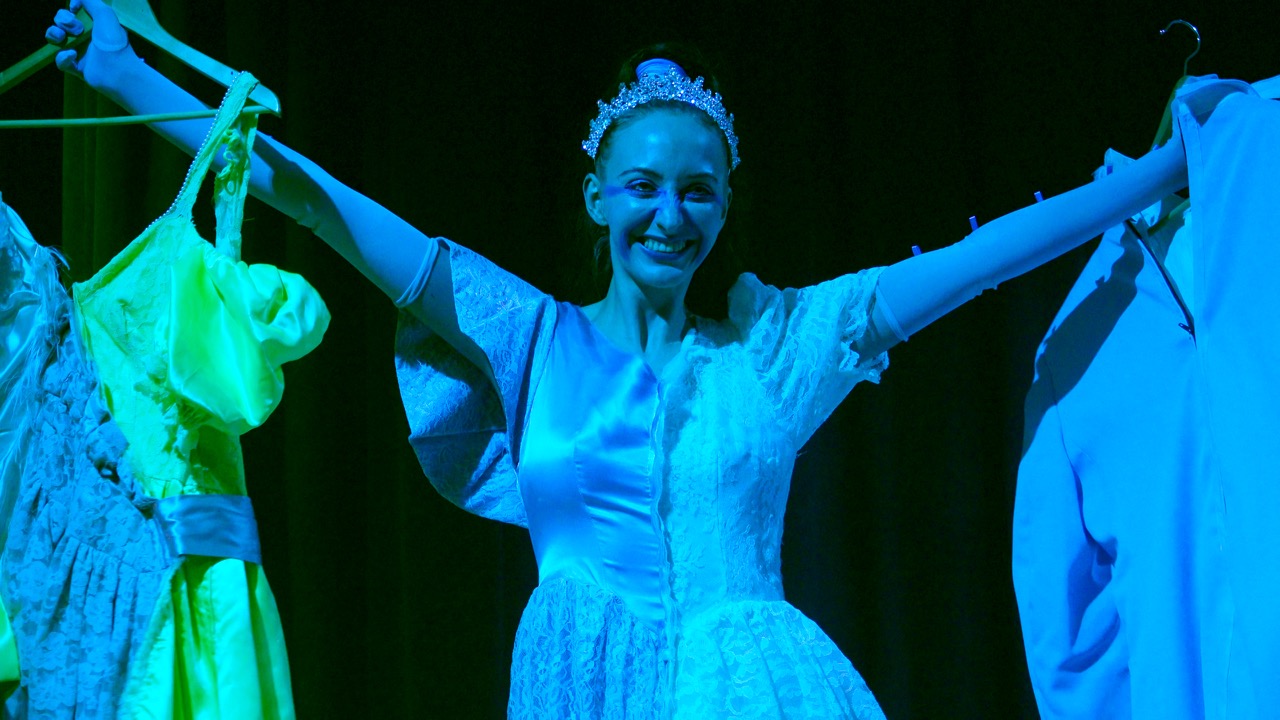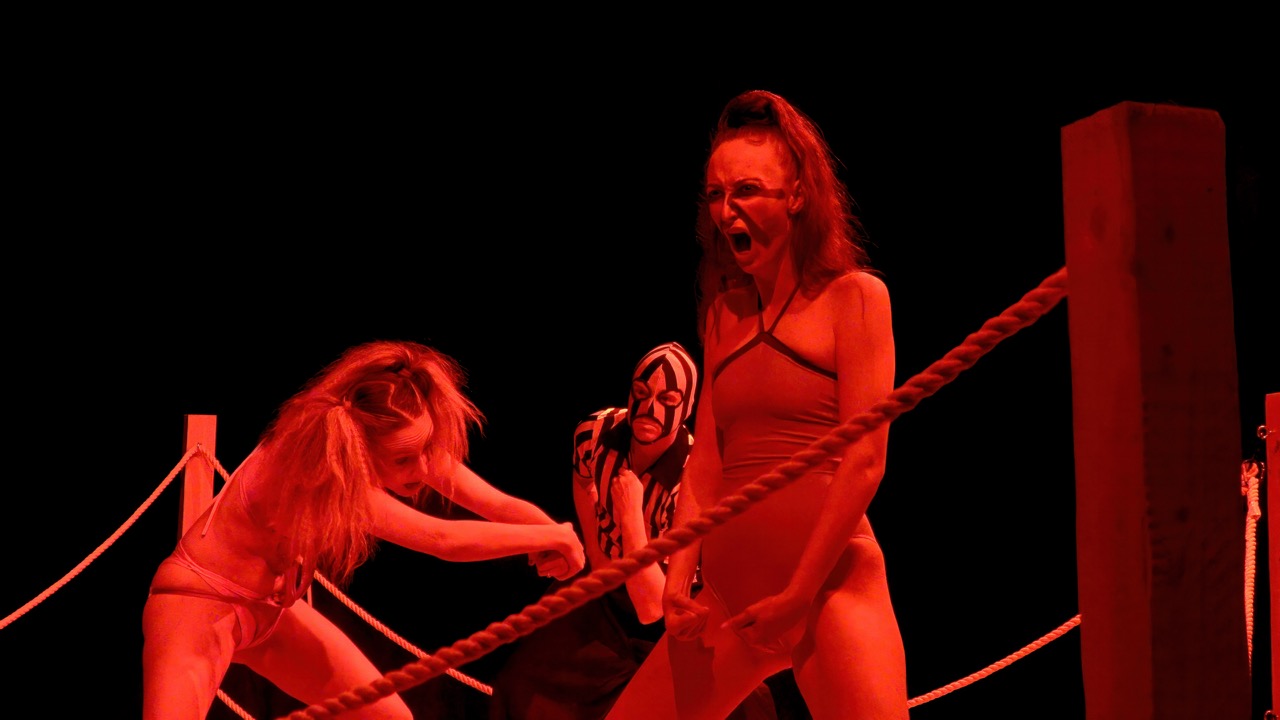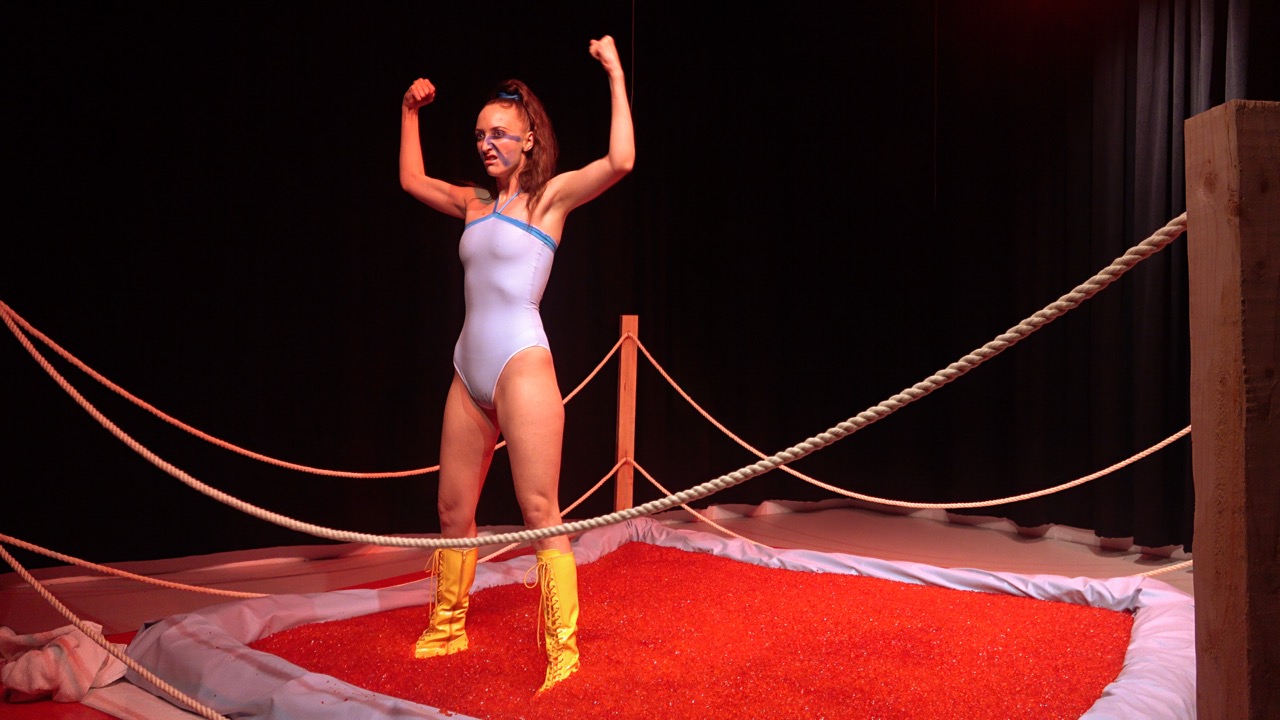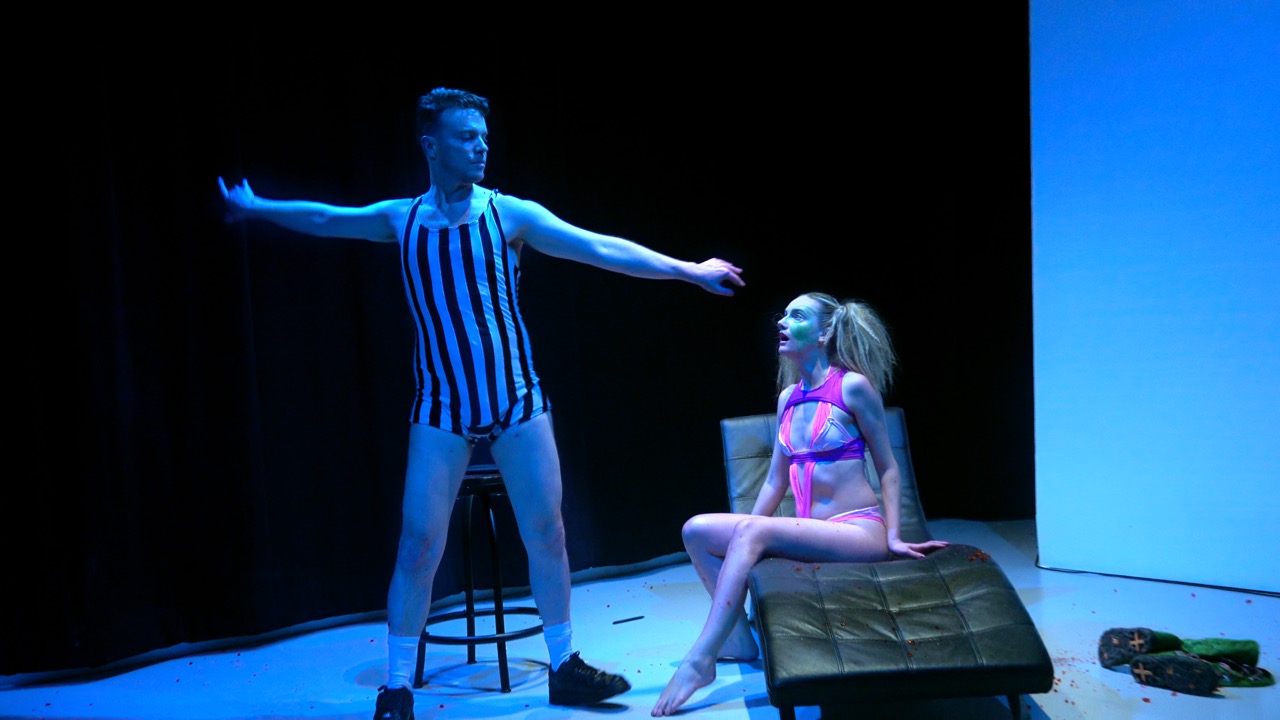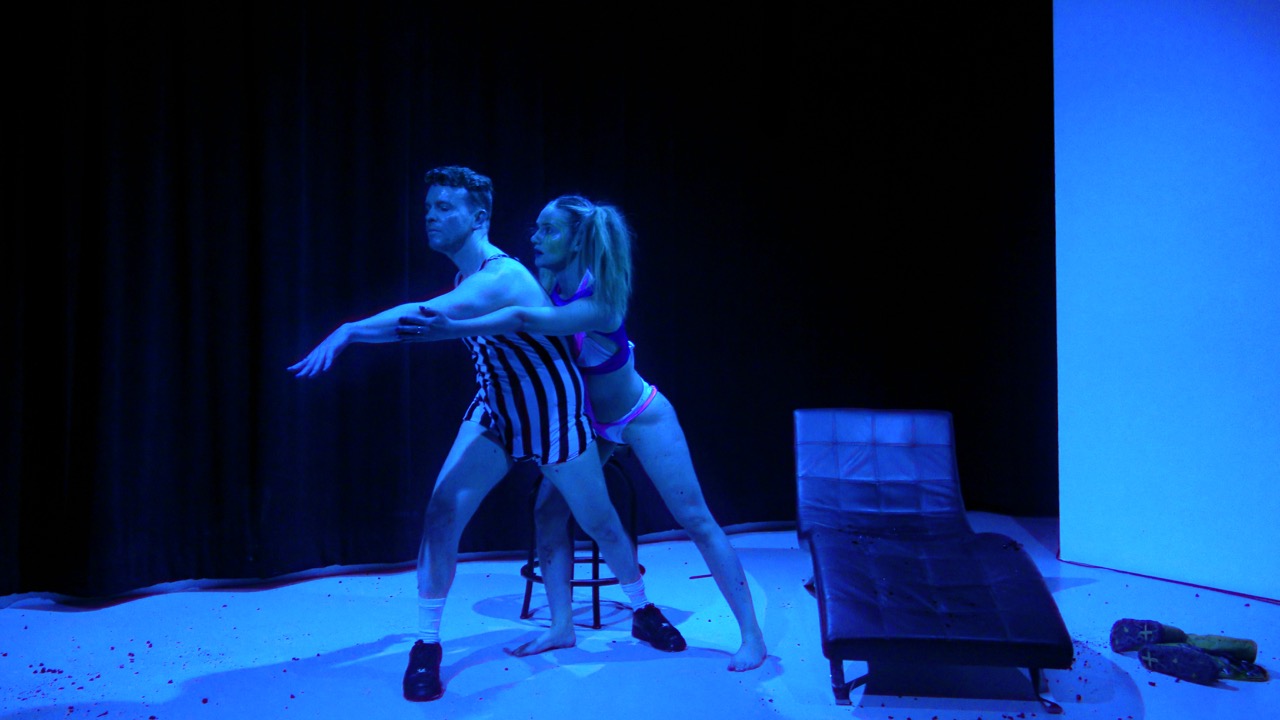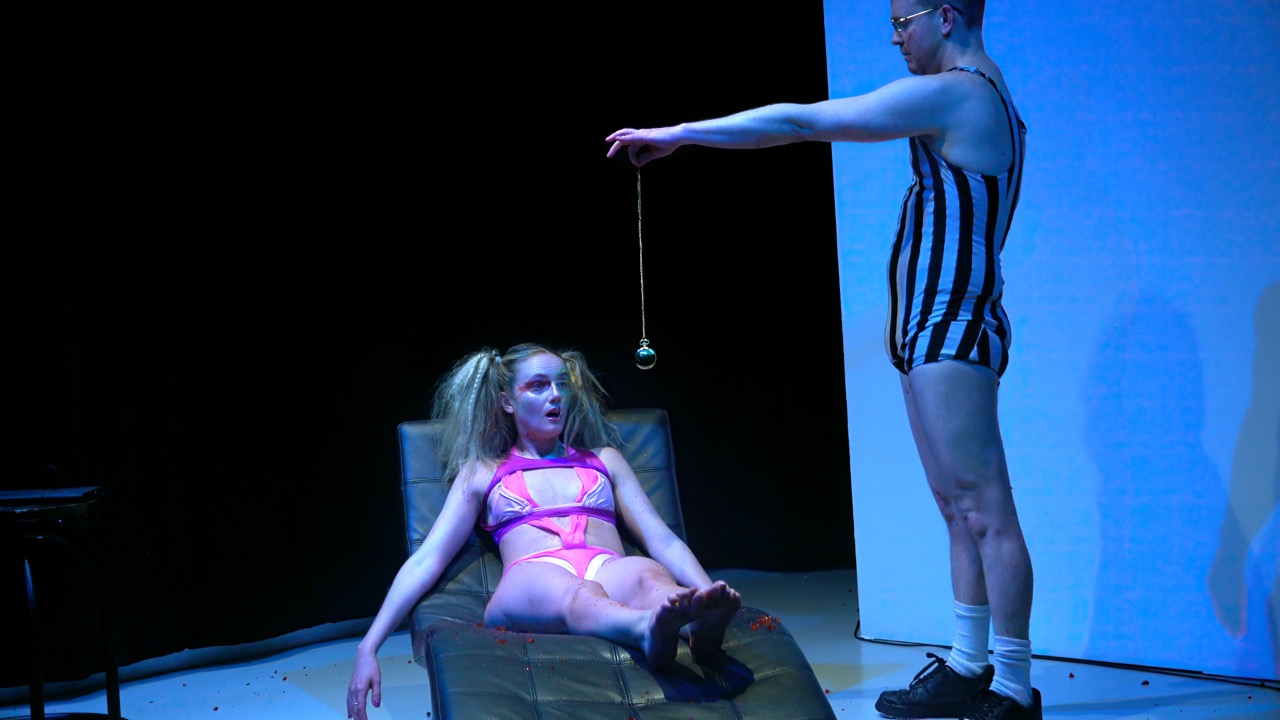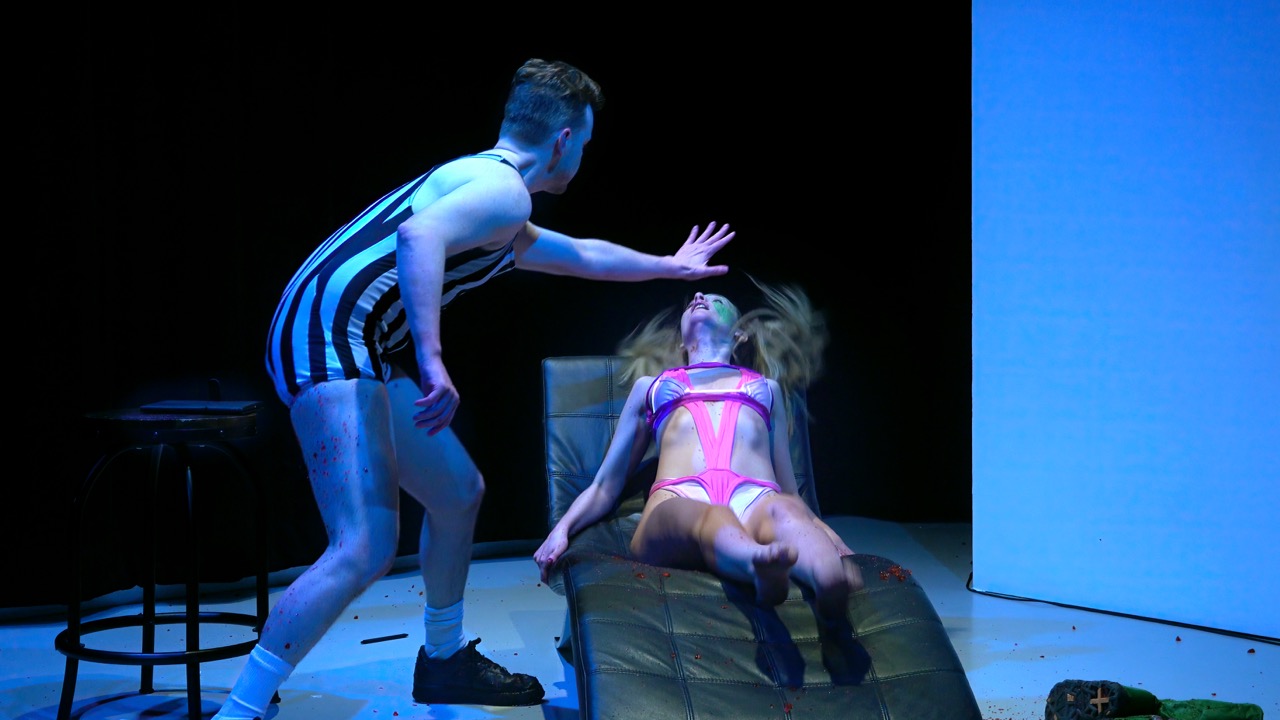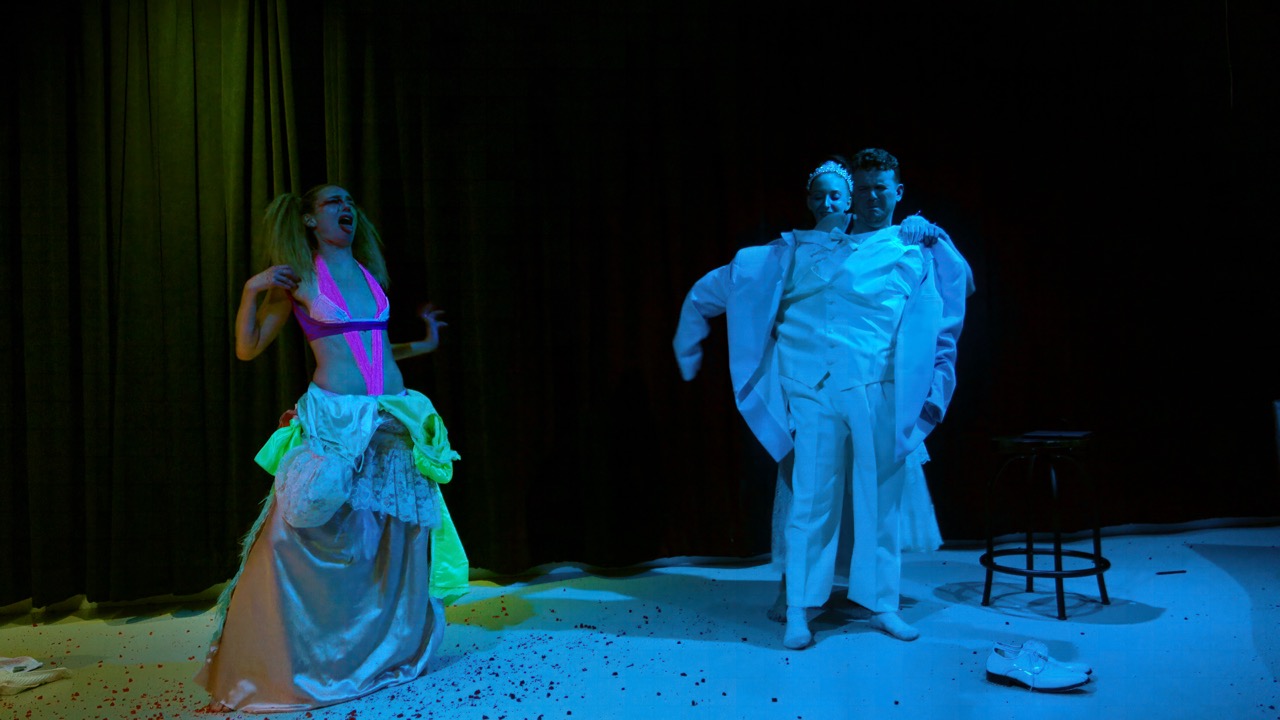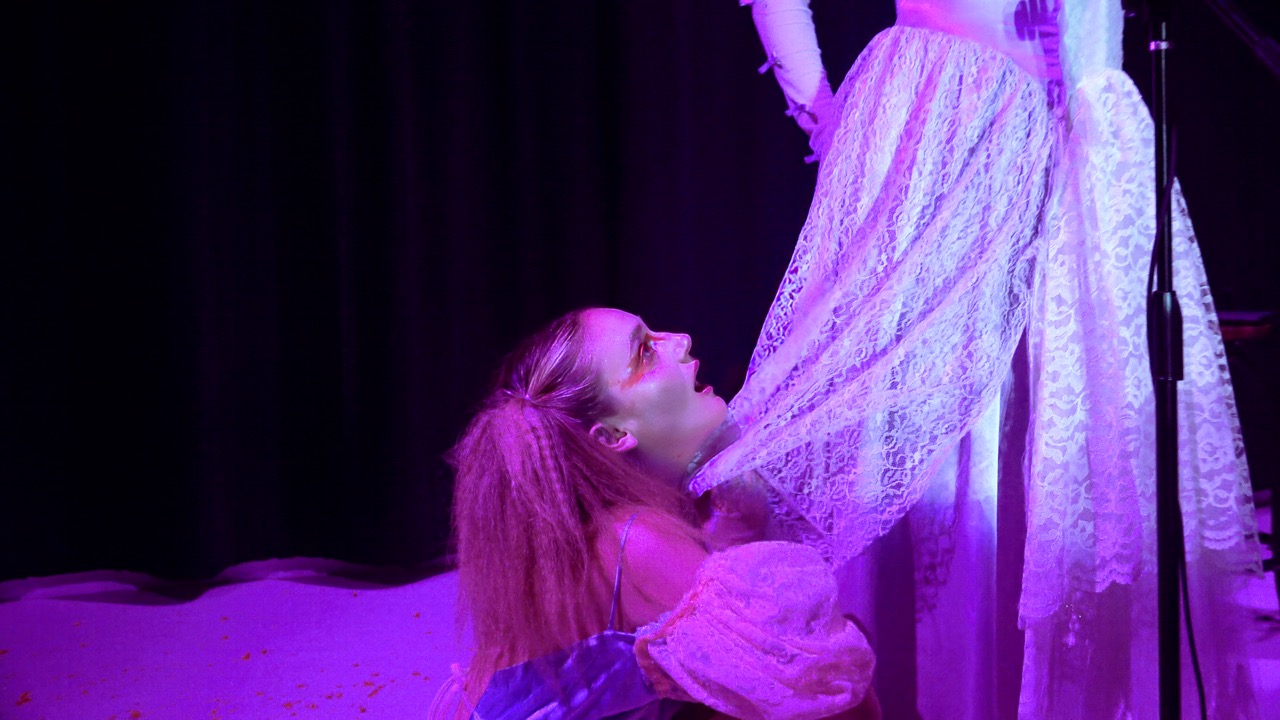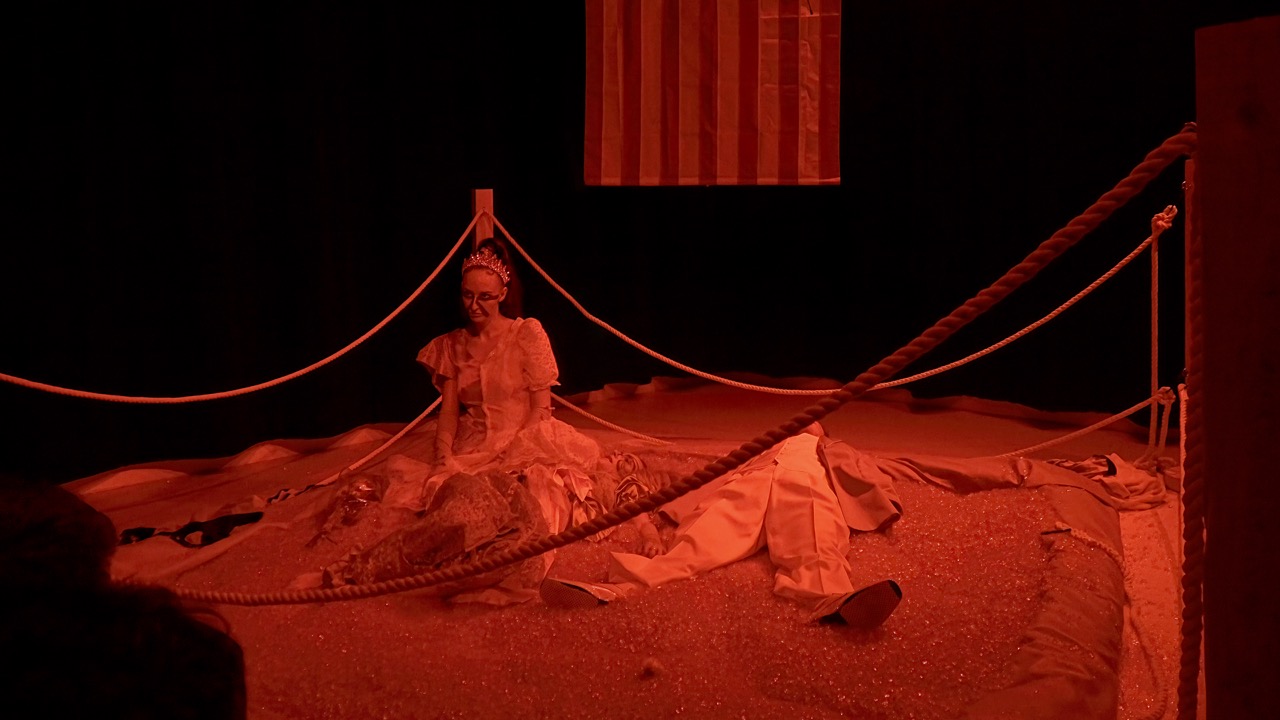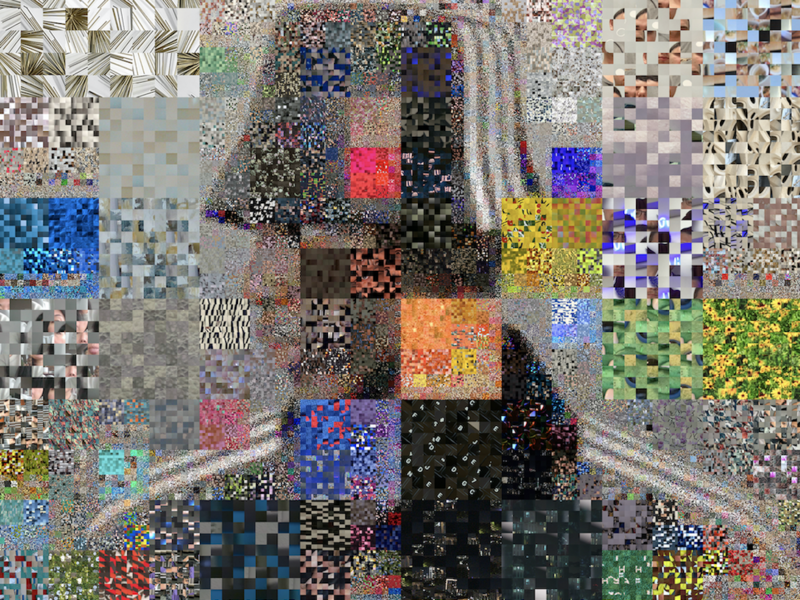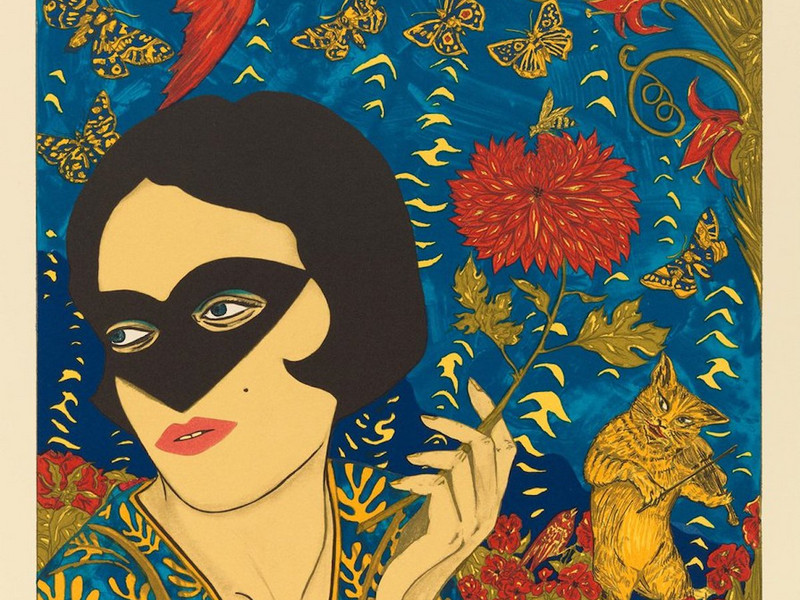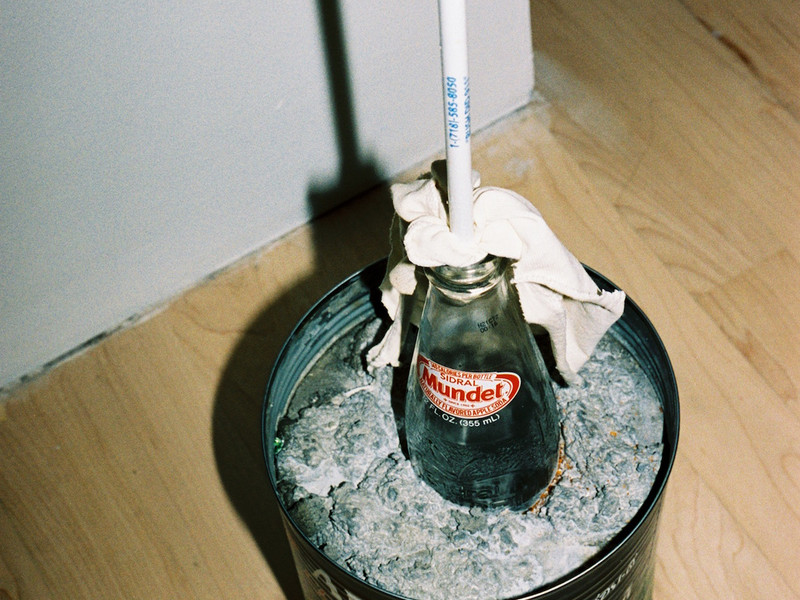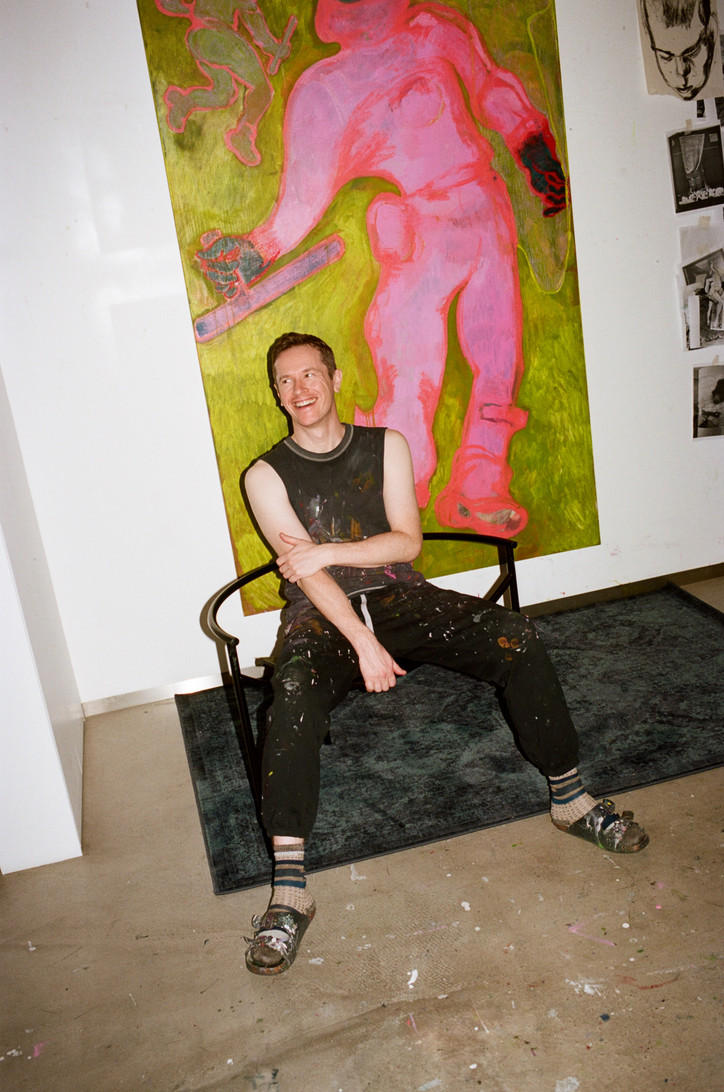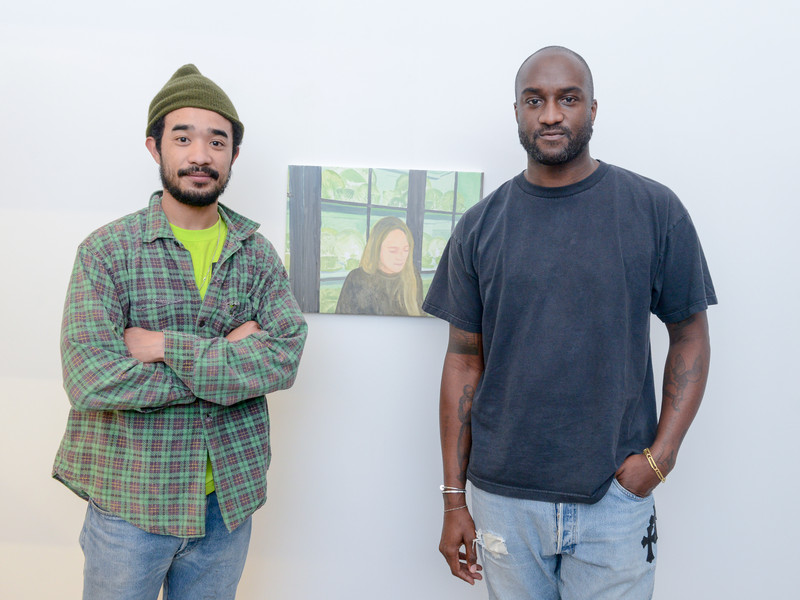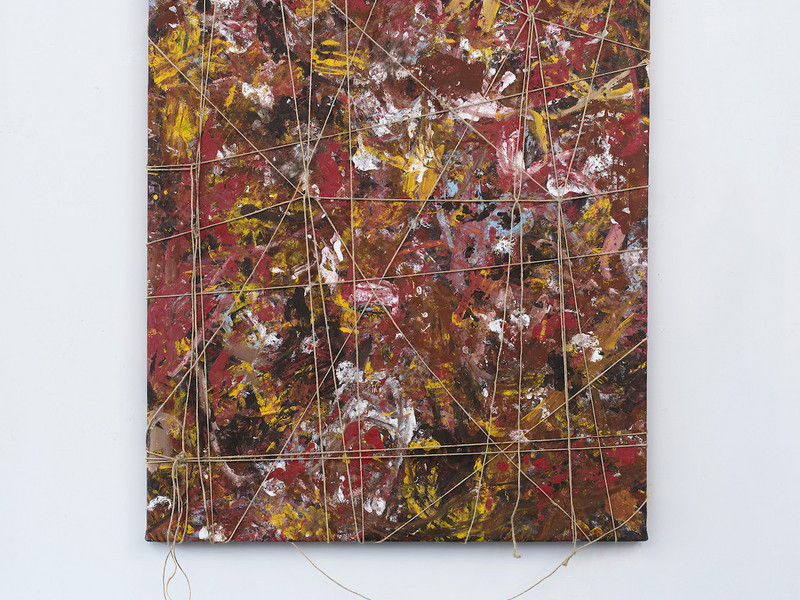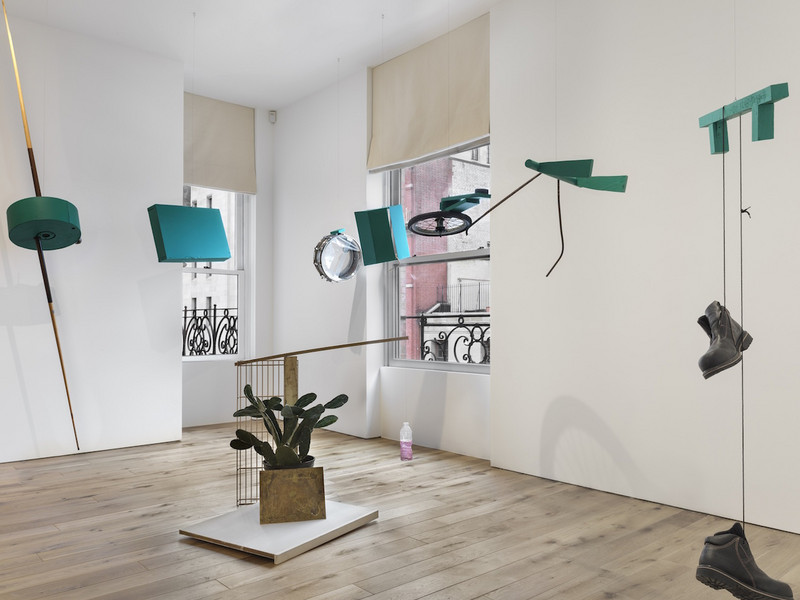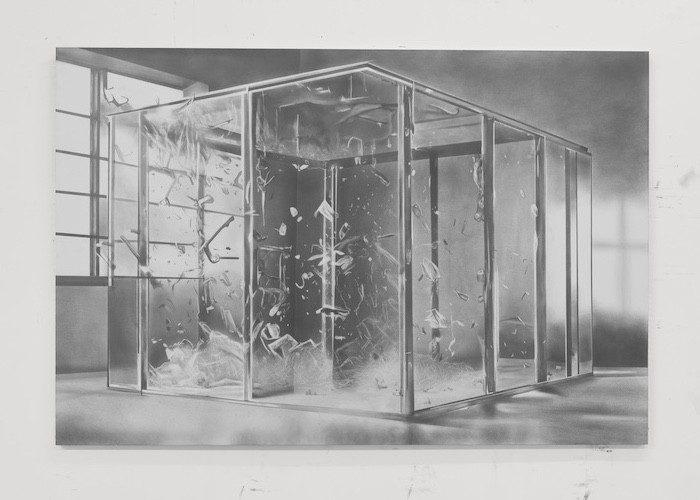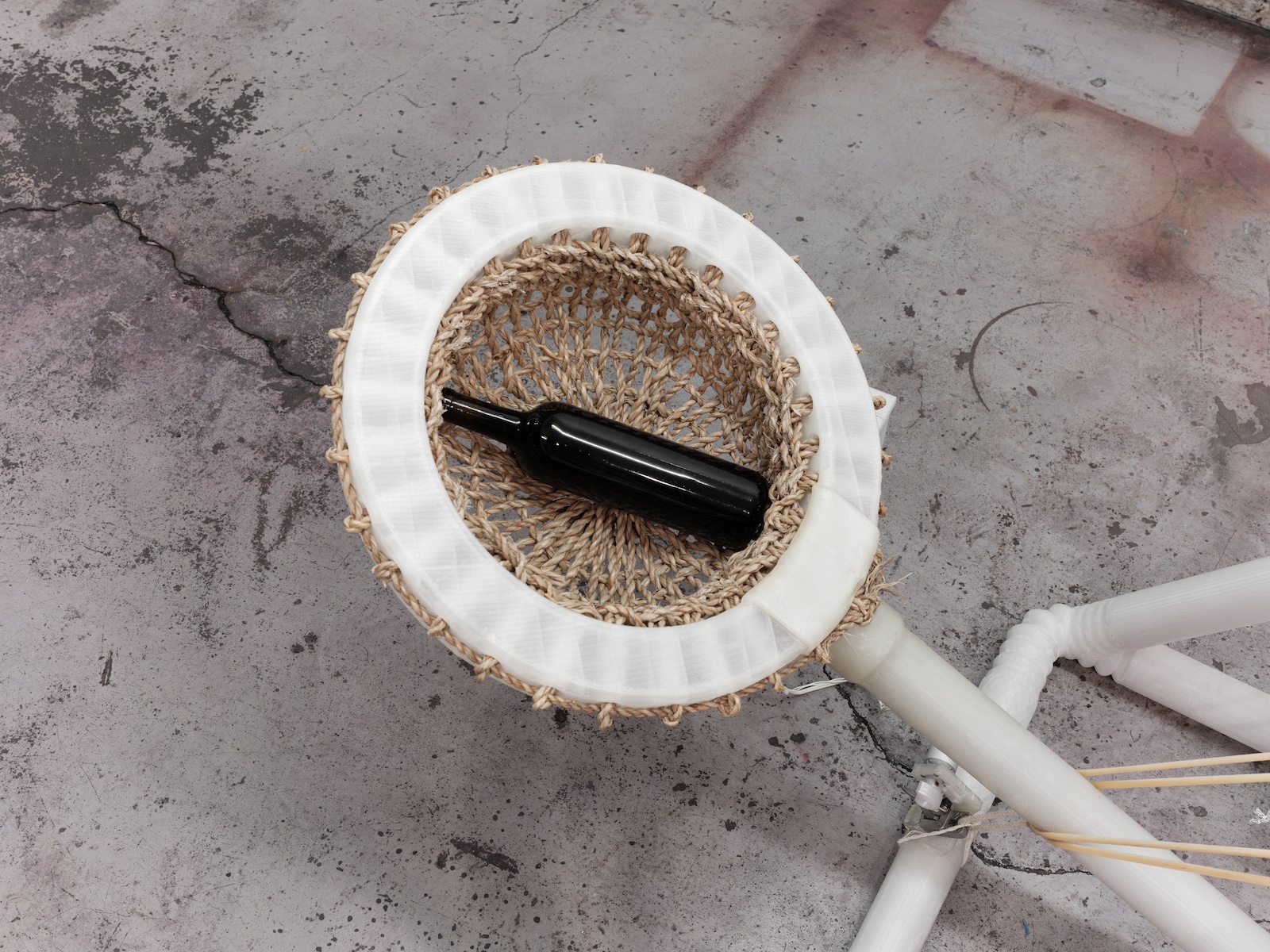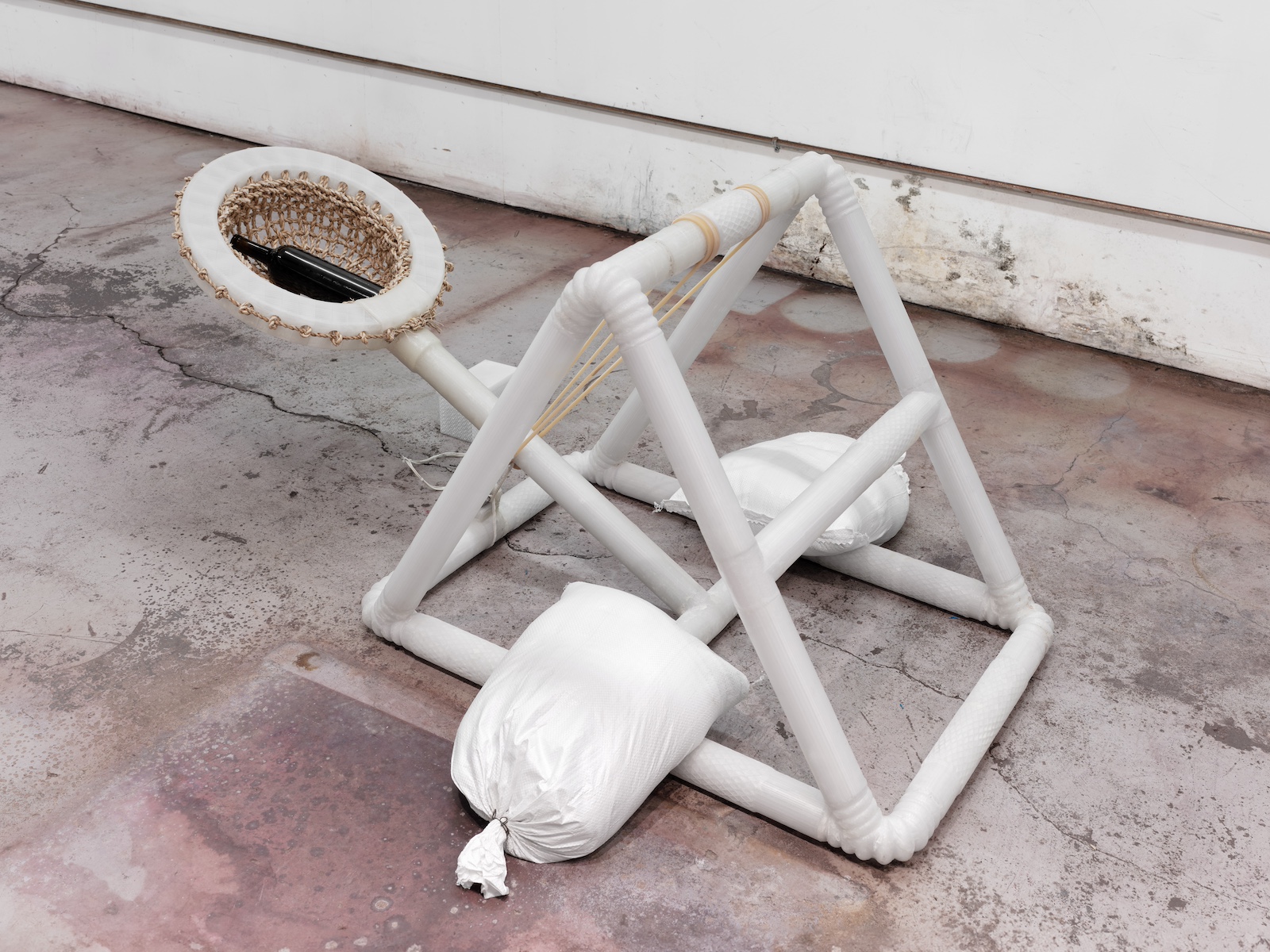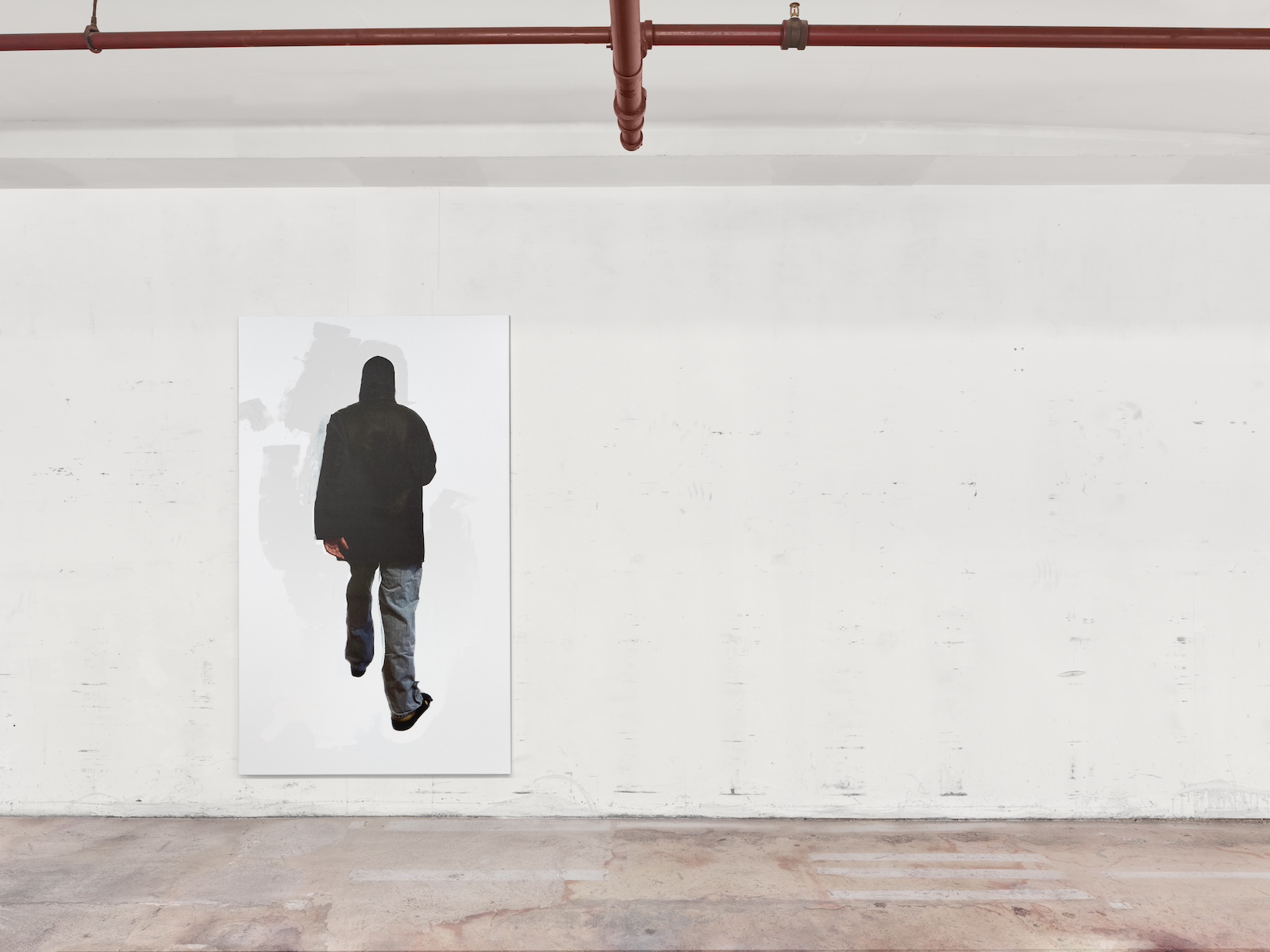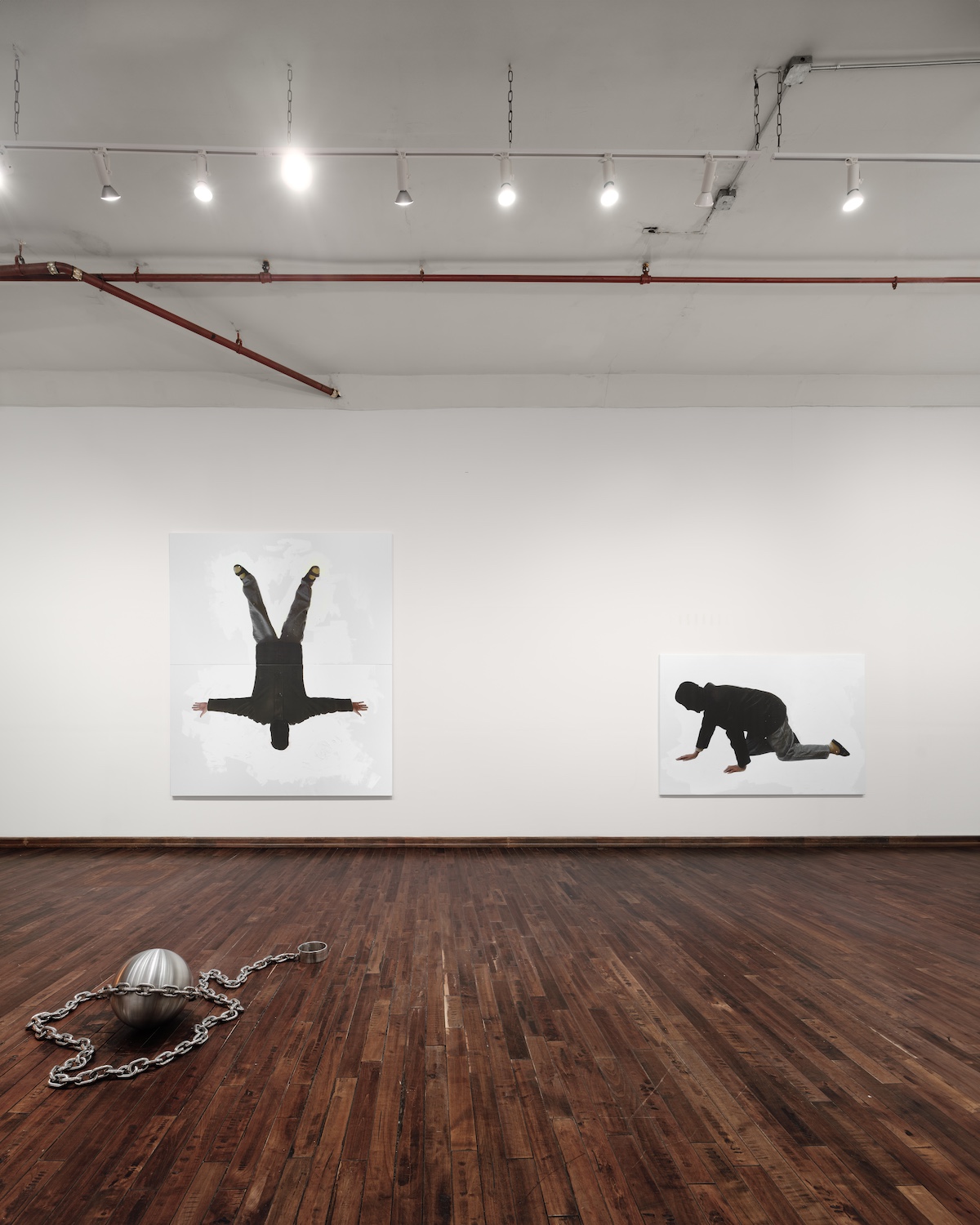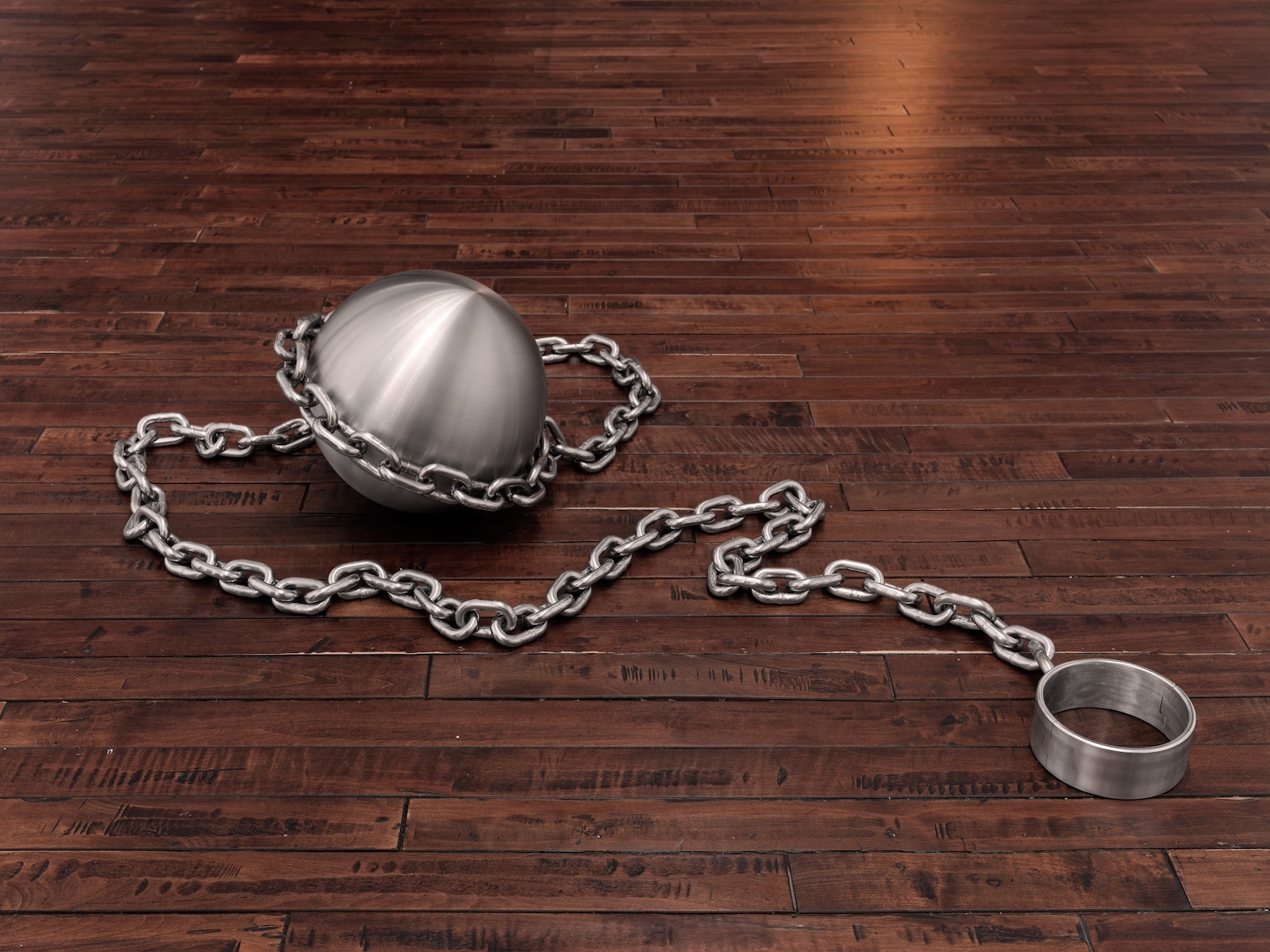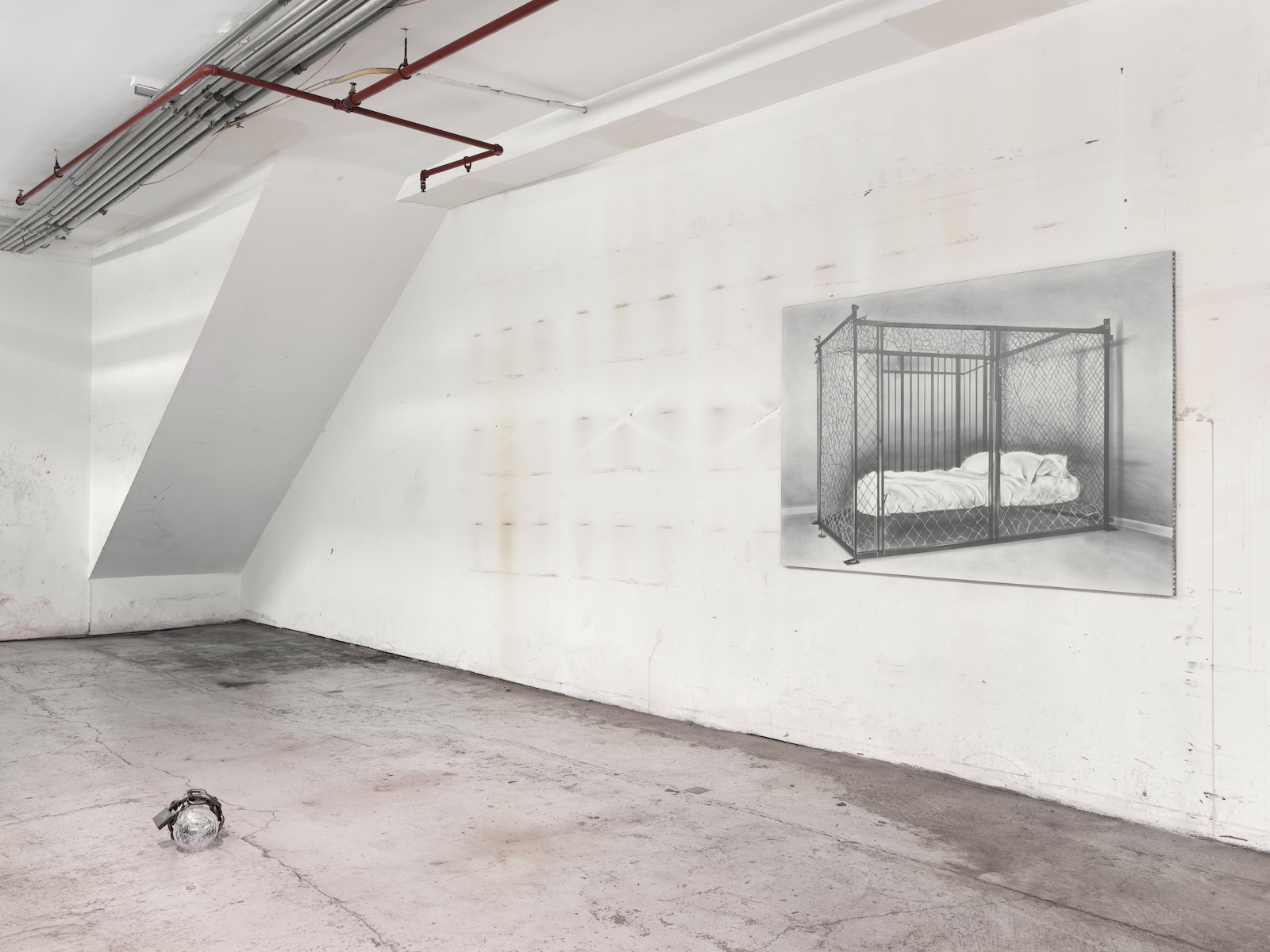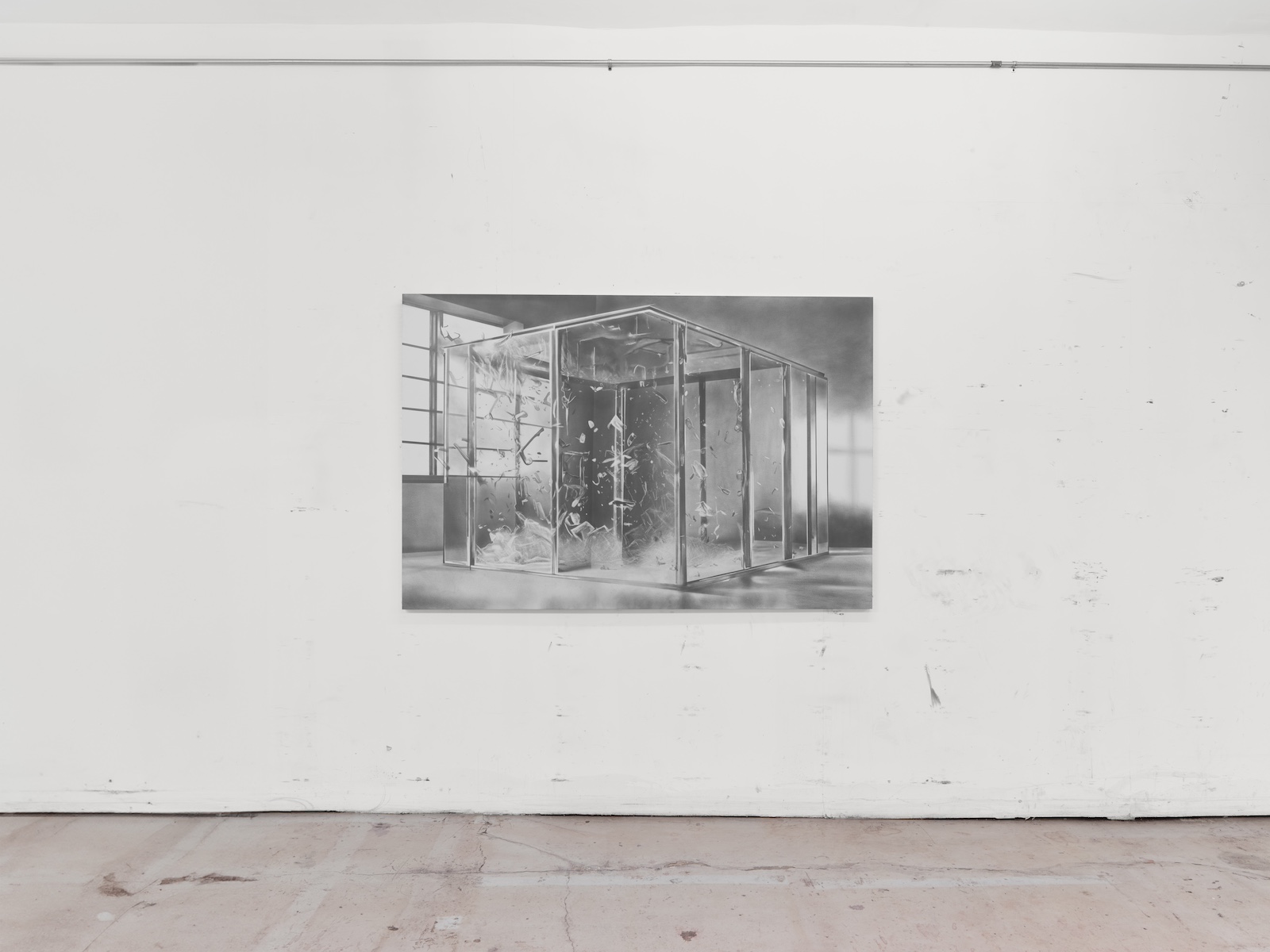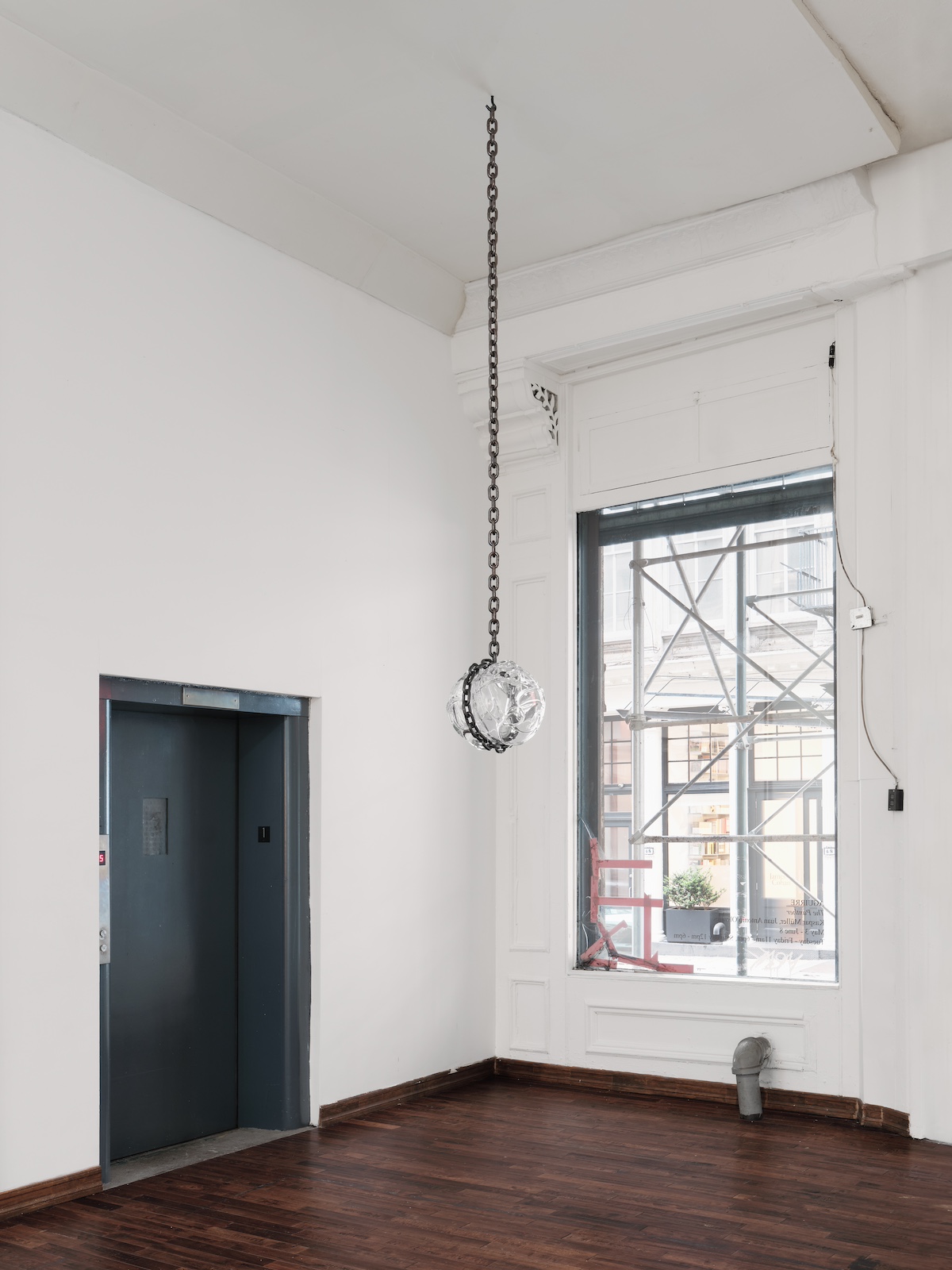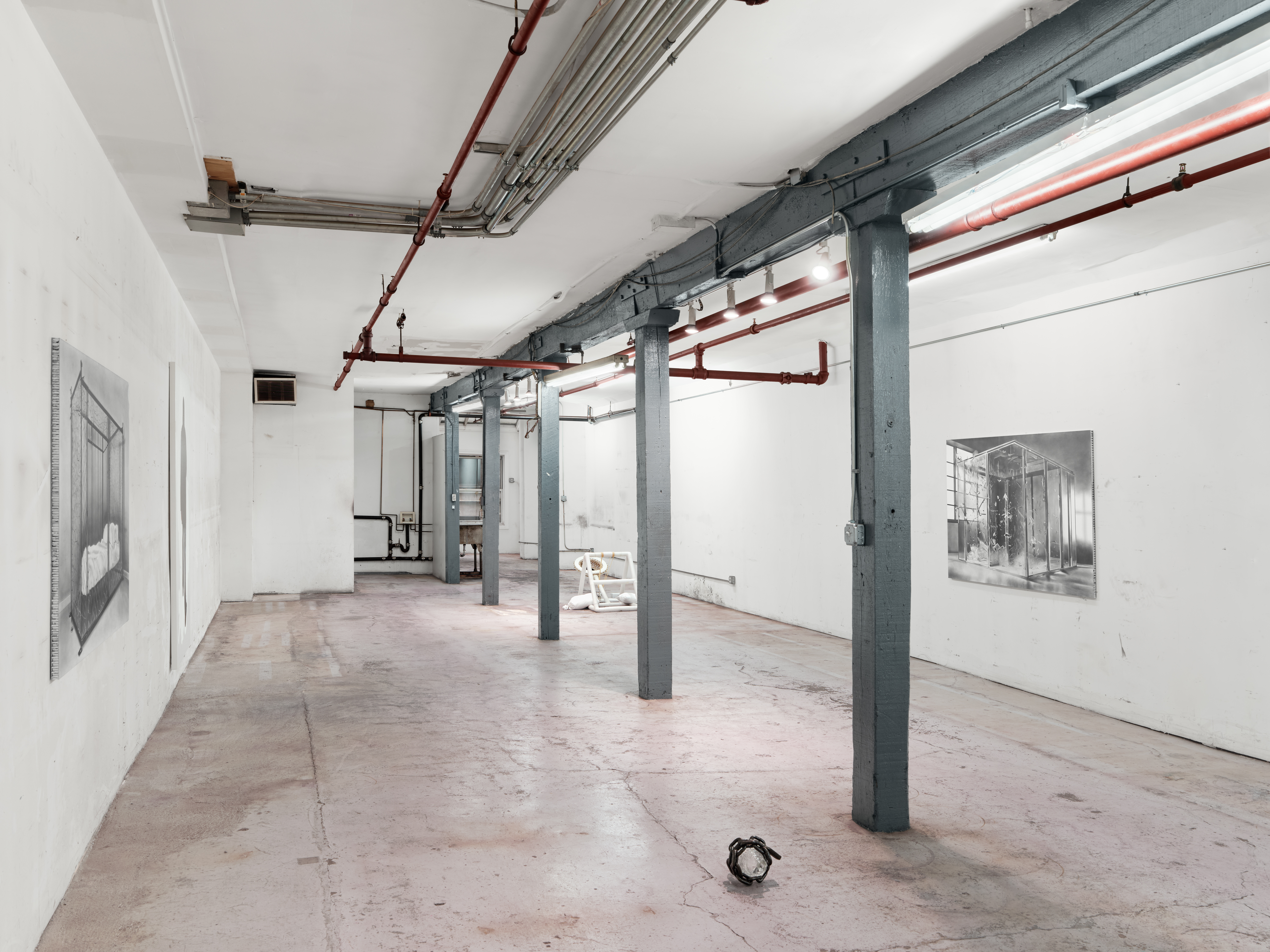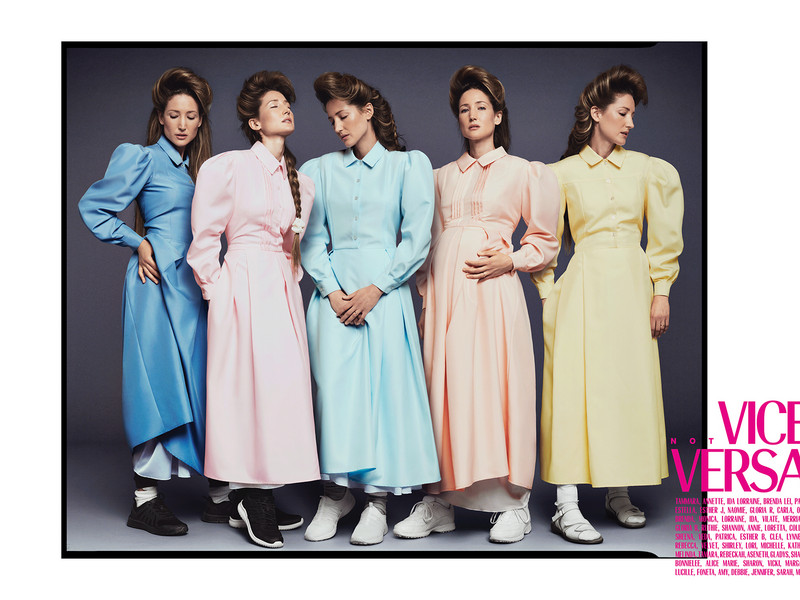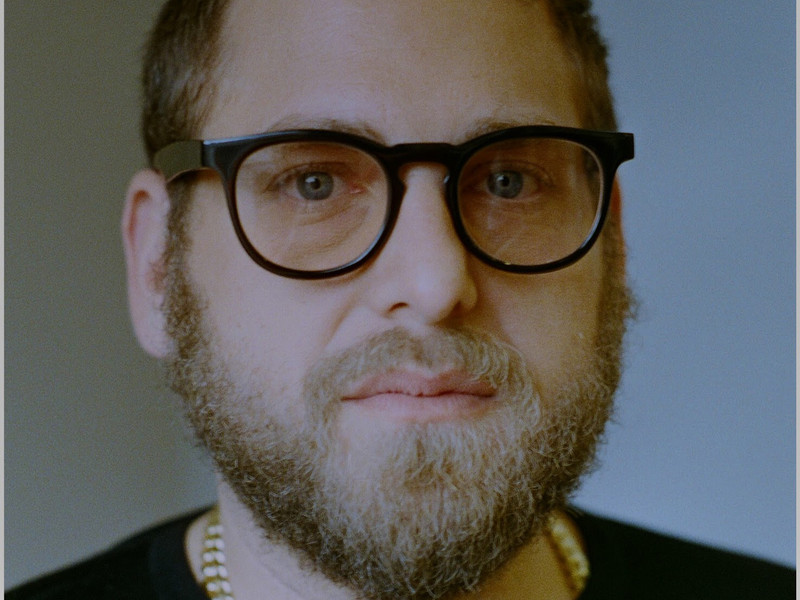Devan Díaz— Juan, in the show’s press release, you mention a conceptual image being an oxymoron. Did the AI text-to-image generator make a conceptual image possible?
JAO— 'Conceptual' is a loosely used term today, often meaning “looking smart.” I'm inspired by 1950s and 1960s conceptual artists who questioned art’s materiality. Many of them were performers and theoreticians before making objects.
A classic conceptual image is Joseph Kosuth’s "One and Three Chairs," where you have the definition of what a chair is, the image of the chair, and then there’s the physical chair. It represents the essence of a conceptual image because it involves three inextricable parts. The AI image generator I worked with takes a text prompt and turns it into an image by analyzing the prompt against a large database of existing images the software has learned from—much like a human brain does but with quicker and generally more awkward results.
KM— The machine’s faceless theme, produced from input, interested me when I created these figures now exhibited as paintings. They started as reference pictures for the straw man I exhibited at Basel. My kids took pictures of me posing in our living room, and using an Apple AI tool, I isolated these figures. Suddenly, I had emoticons of myself without my surroundings. Completely unrecognizable as me. This byproduct became part of my straw man conceptualization.
JAO— I love knowing that. I didn’t realize how you isolated the figures. Our awareness of the readymade connects our work even more. The readymade is a traditional medium at this point, it’s over 100 years old. Isolating something by clicking on it, something even a kid could do, has a ready-made aspect.
KM— Most people discover it accidentally.
JAO— There’s anonymity in your images. I wanted to release my agency as an image maker by using an image generator because there’s freedom in anonymity.
KM— In the images, when I put my hat over my head, the figure becomes faceless. The audience can’t tell who it is and I couldn’t see either. Pointing into the void, I was in darkness, able to point towards nothingness with more determination.
The circumstances of these images make them highly ambiguous. I gave away control, not seeing what I was doing, and embraced the digital realm's freedom. These images weren’t the final product, so there was no pressure. I like recycling or reusing byproducts in the process.
